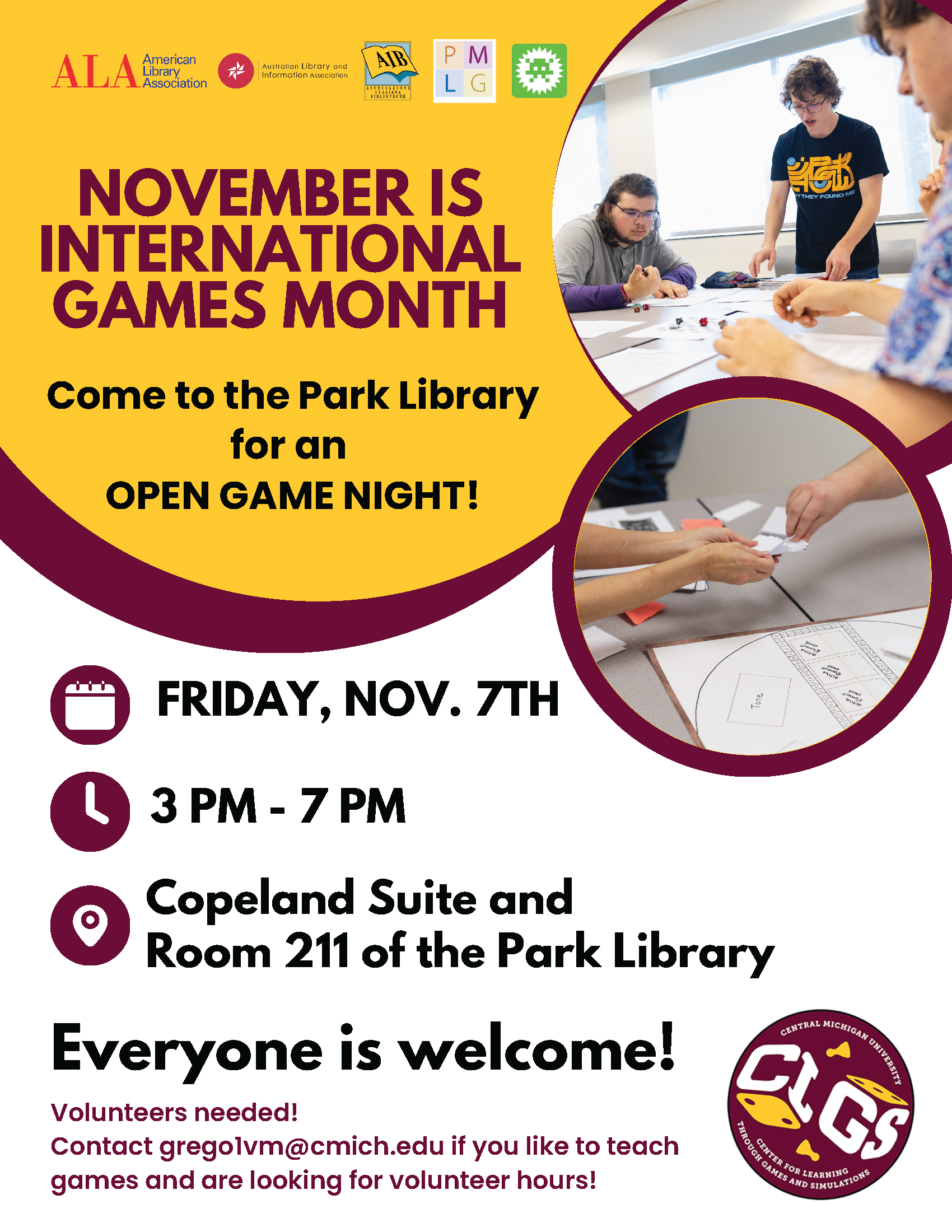Storytelling Is Universal
/“Habia una vez…,” “Mukashi Mukashi…,” “Es war einmal…” “Once upon a time…”
Whatever the language, when you read those words—or when they are read to you—you know that what you are about to experience is probably going to be an entertaining adventure. There might be magical creatures. Or maybe a team of heroes facing trials and tribulations. The story might be scary or it might be lighthearted. And chances are, there is a moral lesson cloaked within that fanciful story ensuring that the audience is left with something a little more meaningful than a simple moment of entertainment.
For humans, storytelling is universal. From the Epic of Gilgamesh inscribed on clay tablets millennia ago to the binge-worthy streaming shows pouring through telecommunications lines, “humans need stories,” as an article on the BBC put it. We learn from stories. We escape with stories. We experience events and emotions through stories. We empathize with others because of stories. And for children, we grow and develop, hopefully into humane and mature citizens, thanks to stories.
From Albania to Zimbabwe, children’s books delight youth around the globe. Books for youth are not only about the words that make up the story, the pictures are important, too. Frequently, a beautiful illustration worthy of being hung in a gallery accompanies a fantastic narrative or the silly rhyme. The value of the book for the young, impressionable audience goes beyond artistry, word craft, and entertainment. We pass along virtues and lessons through stories. On every continent, in scores of languages, we find children’s stories about dealing with loss or managing our anger. We find stories about protecting the environment and being inquisitive. There are stories about respecting others, sharing, being kind to one another, and not becoming overconfident. And, of course, there are stories about facing challenges and overcoming setbacks.
When children’s books from around the world are brought together in all of their different languages and forms, we find that the books have a value the goes beyond the lesson of virtue at the heart of any one tale. Taken in sum, we learn about our shared humanity. We learn, for instance, that a contemporary story from Japan and another from the US both feature a young girl around eight years old as the protagonist. In each story, the young girl accomplishes some very big goals. Both stories show the audience what it takes to succeed. From there, we can dig deeper to explore the nuance of the virtues being passed along. In one story, the young girl celebrates her perseverance and grit, exclaiming, “I did it!”. In the other story, the young girl recounts the many people she met along her path to success who offered help or taught her something. Either story on its own is a worthwhile bedtime read for any child, offering up valuable lessons about the recipe for success. For a more mature audience, looking at the stories side-by-side, we learn something about the details of the values our societies seek to pass on to our youth.**
There is one final value that over 1,500 books in languages other than English – like the collection found in the Clarke Historical Library at Central Michigan University – offer us. The books themselves are a delightful catalyst to connect speakers of different languages who can read these books. In a place like Mt. Pleasant, there are native speakers and language-learning students from all over the globe. Dozens of languages are spoken by the thousands of members of the CMU community. With this special collection, the Clarke creates an opportunity to bring everyone together through stories and celebrate the diversity of languages found in a Midwestern college town.
2021 is the sixth year that the Clarke Historical Library has invited members of the CMU community to read a children’s book. In the six events, volunteers have read books in approximately 35 languages. This year, because we cannot gather and listen to readers in an in-person program, we have asked our gracious volunteer readers to create recordings of their readings. Anyone can view these recordings, which include images of the text and the illustrations from each book, on the Clarke Historical Library’s website. With a Spanish story about protecting the trees or a Japanese story about a king who wants an egg omelet, there is no better way to discover what stories mean to all of us around the world.
**By the way, if you didn’t guess, the American story carried the message of individualism. This example is from a lecture by Susan Stan, a former professor of English at CMU, in 2016.














